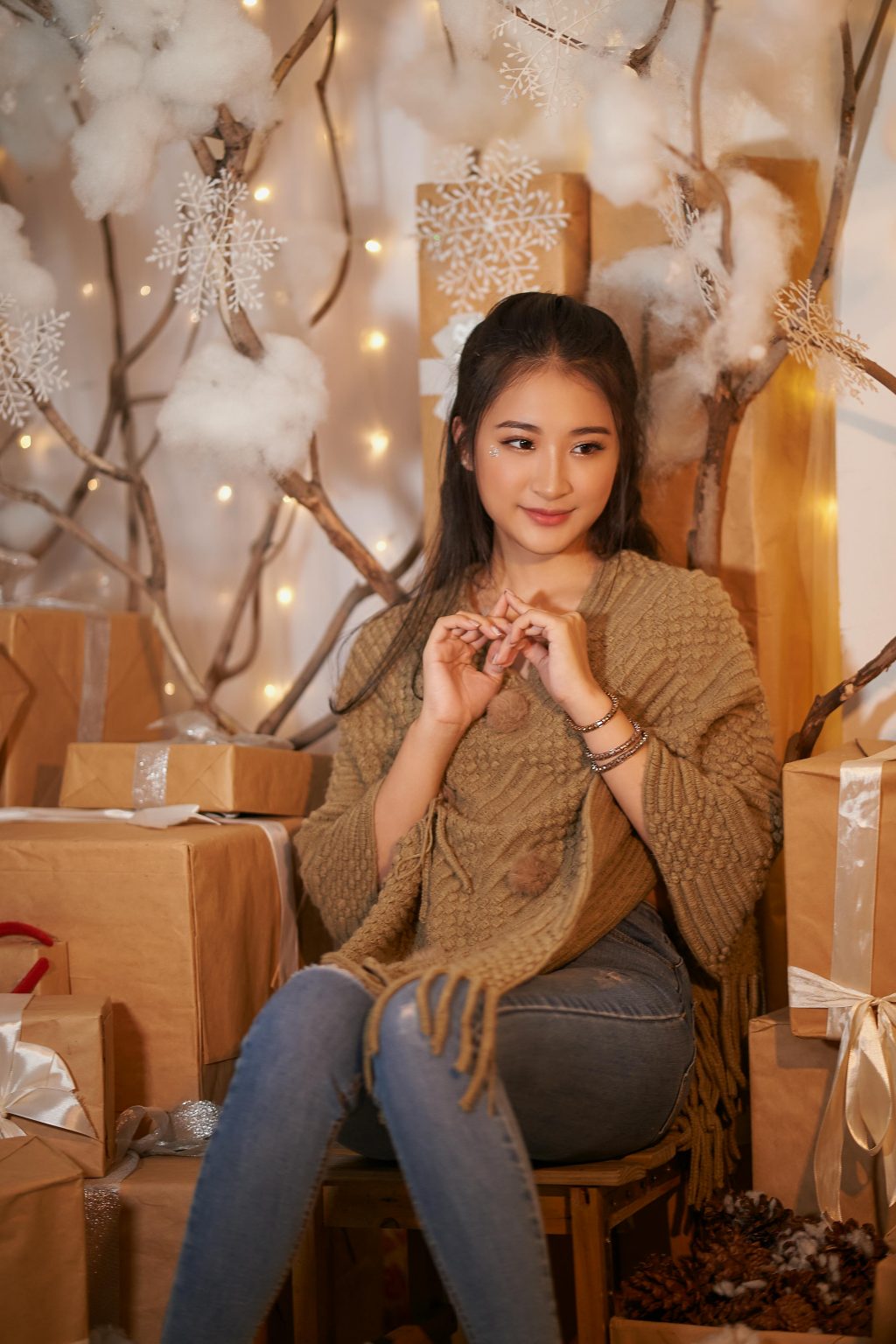Heritage in Every Thread, Style in Every Step!
What You’ll Learn?
| Why Wear Traditional Clothing? How to Mix Old with New? What to Wear for Different Occasions? Oktoberfest 2025 Trends Dressing for Every Season Where to Find Affordable Traditional Clothes? Real-Life Tips from Fashion Lovers Famous Personalities Blending Heritage Fashion with Modern Trends |
Fashion always circles back. Styles fade, but traditional clothing stays. These pieces carry history, artistry, and meaning. Wearing them daily keeps traditions alive while adding personality to modern fashion.
Some people save cultural outfits for special occasions. Others mix them into their daily wardrobe. A silk kimono, embroidered vest, or handmade scarf can stand out in the right way. The challenge is making them feel natural in everyday wear. The solution lies in balance, pairing old with new in a way that feels effortless.
Why Wear Traditional Pieces Every Day?
Traditional clothing is not limited to festivals or special events. Adding these items to your everyday wear has numerous advantages:
- Cultural Identity: Express your heritage and individuality.
- Individual Style: Differentiate yourself with unique aspects that are not typically seen in popular fashion.
- Sustainability: Traditional clothes are often handmade with good-quality materials, encouraging a shift away from fast fashion.
- Storytelling: Every garment usually has some history or significance, so you can tell stories through your outfit.
“There’s a power in wearing what others consider traditional.”
But how can you wear them without appearing in costume? The key is with careful integration and balance.
Blending Traditional with Modern Styles
It’s not necessary for traditional and modern styles to conflict. They can work in perfect harmony. Balance, subtlety, and the ability to blend parts with ease are important. You may update your regular outfit with a single statement piece without looking out of place.
The trick is to mix, not match completely. Here’s how:
1. Pair One Statement Piece with Basics
A full traditional outfit can feel overwhelming. Instead, pick one key item.
- Example: A silk sari blouse with high-waisted jeans.
- Why it works: The rich fabric contrasts with casual denim, keeping it balanced.
This approach allows the traditional piece to shine without overpowering the ensemble.
2. Play with Layers
Traditional garments often have intricate details. Layer them to create dimension.
- Example: A kimono-style jacket over a plain dress.
- Why it works: The kimono adds elegance without looking too formal.
Layering can also provide practicality, allowing you to adapt to different weather conditions while showcasing traditional elements.
3. Modern Footwear Makes a Difference
Shoes can tone down a traditional piece.
- Example: Jodhpuri pants with sneakers.
- Why it works: Sneakers add casual style and it makes the outfit look everyday-ready.
Choosing contemporary footwear helps ground the outfit in the present. It creates a harmonious blend of old and new.
4. Keep Accessories Minimal
Many traditional outfits are already detailed. Too many accessories can clash.
- Example: A bold ethnic necklace? Skip large earrings.
- Why it works: It keeps the focus on one statement piece.
Choosing for minimal accessories ensures that the traditional element remains the centerpiece of your look.
5. Experiment with Textures and Fabrics
Mixing fabrics can create harmony.
- Example: A heavy brocade vest over a cotton dress.
- Why it works: It blends formal and casual textures, making it wearable.
These styles incorporate traditions from India, Japan, Africa, and the Middle East. Blending elements like saris, kimonos, and brocade fabrics adds cultural depth to everyday fashion.
How to Style Traditional Pieces for Different Occasions?
Traditional elements can be a part of your everyday style . Here’s how you can adapt them for various settings:
| Occasion | Traditional Piece | How to Style It |
| Casual Outing | Embroidered tunic | Wear with leggings and sneakers |
| Office Wear | Printed saree blouse | Tuck into a pencil skirt |
| Brunch Date | Kente scarf | Wrap over a monochrome outfit |
| Evening Dinner | Traditional long coat | Layer over a little black dress |
| Weekend Errands | Harem pants | Pair with a fitted t-shirt and sandals |
Oktoberfest 2025: Celebrating Traditional Attire
Oktoberfest blends German tradition with evolving fashion trends. As 2025 approaches, attendees are exploring ways to honor classic styles while adding a personal touch.
Dirndl Trends for 2025
The dirndl dress is a staple for women at Oktoberfest continues to evolve. Expected trends include:
- Length and Fit: Midi-length remains popular. It provides elegance with ease of movement.
- Fabrics: Higher-quality materials such as velvet and structured cotton are gaining traction.
- Colors and Patterns: Softer, pastel colors and floral patterns are expected to trend. They offer a balance between vintage and modern styles.
Experts emphasize keeping it classic yet stylish:
“Tracht should remain timeless. Midi-length skirts, soft fabrics, and vintage-inspired patterns are the way forward.”
Lederhosen Styles for 2025
Lederhosen remains a symbol of Bavarian pride. The following updates are expected in 2025:
- Materials: Traditional suede and leather stay in style, but lighter breathable versions are emerging.
- Pairing Options: Instead of just checkered shirts, men are experimenting with linen shirts for a refined touch.
- Color Trends: Earthy tones like deep brown and olive green are becoming more common.
“Lederhosen are a statement. Choose premium suede and pair with neutral shirts for a sophisticated yet traditional look.”
Modern Takes on Oktoberfest Fashion
Some festival-goers prefer a contemporary approach while keeping tradition intact:
- Hybrid Outfits: You can pair up a dirndl skirt with a fitted modern top.
- Casual Adaptations: Lederhosen-inspired shorts for a relaxed vibe.
- Personalized Accessories: Custom embroidery leather belts and unique floral crowns.
Incorporating Traditional Pieces Across Seasons
Traditional clothing can be adapted for any season. It ensures both cultural authenticity and practicality.
Summer Styling
- Go for Breathable Fabrics : Linen, cotton, and lightweight silk provide comfort in warm weather.
- Limit Layering : A well-structured embroidered tunic or a cultural wrap skirt can serve as a statement piece.
- Select Lighter Colors : You can choose soft pastels and neutral tones that reflect heat while maintaining a sophisticated look.
- Choose Lightweight Accessories : Try to replace heavy shawls with elegant scarves or culturally inspired jewelry.
Tip: A lightweight dirndl blouse paired with a modern denim skirt achieves a balanced summer look.
Winter Styling
- Incorporate Layers : A wool poncho or embroidered jacket adds warmth without overpowering the outfit.
- Choose Warmer Fabrics : Velvet, wool, and brocade provide insulation while maintaining elegance.
- Go for Deeper Tones :Shades like deep red, navy, and earthy browns complement the season.
- Wear Functional Footwear: Leather boots align with traditional aesthetics while ensuring comfort.
Tip: A long embroidered coat worn over fitted trousers blends German tradition with winter practicality.
Budget-Friendly Sources for Traditional Attire
- Thrift Shops & Vintage Stores – Most second-hand cultural clothing is in great shape and provides affordability.
- Online Stores – There are many sites that have hand-made or gently used traditional clothing.
- Local Artisan Markets – Buying directly from the artisans guarantees authenticity while promoting handiwork.
- DIY Embellishment – Contemporary clothing can be upgraded with traditional embroidery, fabric patches, or culturally inspired trim.
Tip: Through strategic buys and styling, classic items can be easily incorporated into daily attire while being cost-friendly.
Incorporating Cultural Pieces: Insights from the Community
Many individuals have found creative ways to blend traditional clothing into their everyday attire. There are some insights shared by users on Social Media:
- Traditional Fabrics in Modern Styles: “Traditional/cultural fabrics but in an everyday wear style. And also jewelry and hairstyles.” Reddit
- Mix and Match Approach: “To start just try to mix and match with jeans, dress pants, skirts…. Wear the accessories alone with jeans and t-shirt/blouses. Treat your traditional wear (non-religious/ceremonial ones), the same way you would treat your regular blouse/shirt/skirt when you wear it.” Reddit+1
- Custom Tailoring: “If I like a certain dress, skirt or pants, I have tailors make the same items with our traditional fabric.” Reddit
Famous Personalities Blending Heritage Fashion with Modern Trends!
Celebrities and influencers often blend traditional attire with contemporary fashion, showcasing their heritage while setting global trends. Below are notable examples:
| Celebrity | Traditional Attire Integration |
| Tiffany Haddish | Tiffany Haddish honored her Eritrean heritage by wearing a traditional Eritrean dress to the Oscars in 2018 . She was paying tribute to her late father. |
| Sandra Oh | Sandra Oh and her mother made headlines when they wore traditional Korean hanboks to the 2018 Emmy Awards, celebrating their Korean heritage on the red carpet. |
| Sonam Kapoor | At the 2016 Cannes Film Festival, Sonam Kapoor wore a white sari-inspired gown, blending traditional Indian attire with contemporary design. |
| Dinah Jane | In 2022, Dinah Jane attended the API Excellence Celebration in traditional Tongan clothing designed by Afa Ah Loo, showcasing her cultural roots. |
See how global icons incorporate traditional elements into contemporary fashion, celebrating their cultural heritage while making bold statements on international platforms.
Wrap Up
Traditional clothing holds history and cultural value. It gives everyday clothing distinction with purpose. Combining classic items with contemporary styles enables creative expression and the preservation of traditions. Whether for casual occasions or formal events such as oktoberfest, incorporating heritage pieces adds individuality and richness to style.



